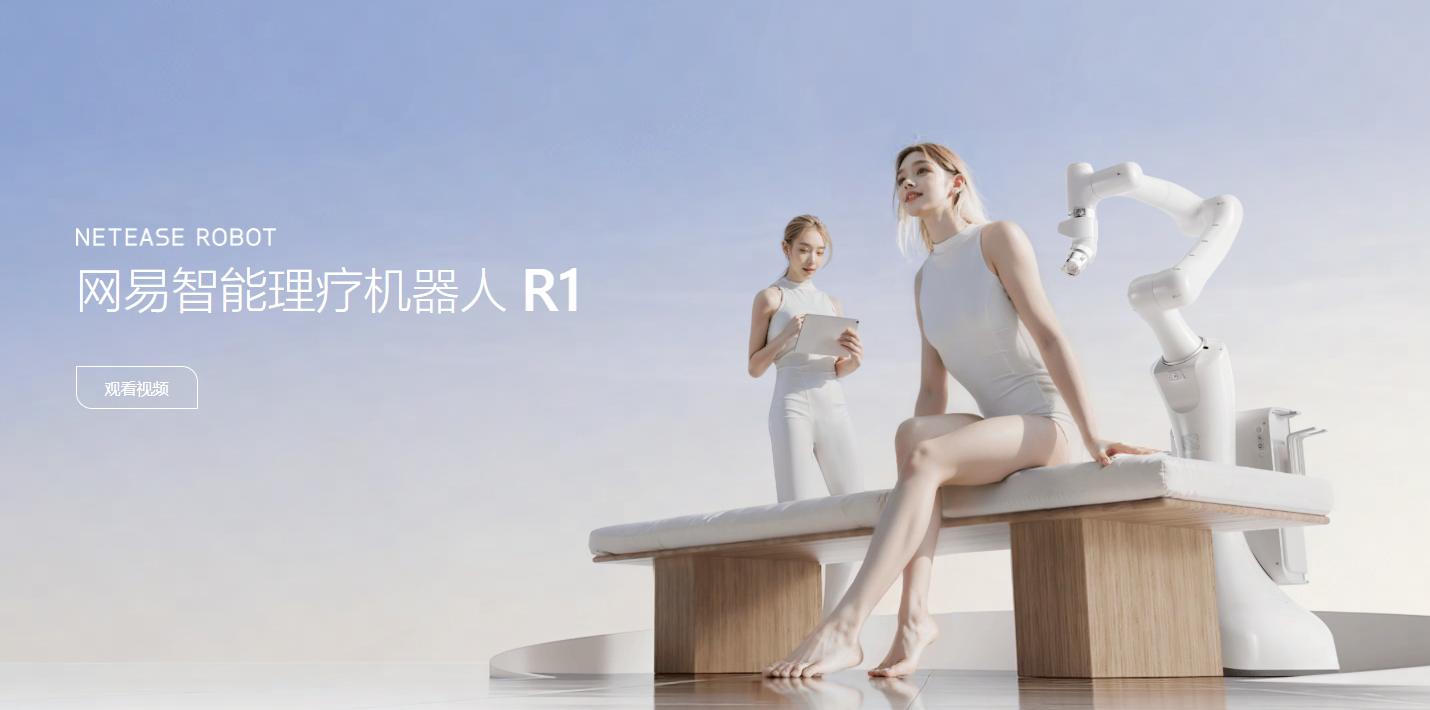- Home
- >
- News
- >
- Company News
- >
- View Details
Massage robots: opening a new era of intelligent health management
24-04-2025
I. Technical features of massage robots
(I) Biosignal perception and data analysis
The massage robot collects the user's muscle status, body surface temperature, fatigue level and other data in real time through high-precision sensors (such as pressure sensors, electromyographic signal detectors, infrared thermal imagers). Combined with deep learning algorithms, the system can analyze the user's physical pain points, identify common problems such as stiff shoulders and necks, lumbar strain, and generate targeted massage plans. For example, a high-end model can accurately locate muscle inflammation areas through thermal imaging technology to avoid "blind force" in traditional massage.
(II) Adaptive mechanical control technology
Based on data feedback, the robot simulates human hand massage movements through bionic mechanical arms, pneumatic devices or vibration modules. The core technology lies in dynamically adjusting the strength, frequency and angle. For example, for different thicknesses of muscle groups, the system can automatically switch modes such as "kneading", "pressing" and "patting" to ensure that the force penetrates deep tissues evenly and avoids the risk of injury.
(III) Personalized interaction and cloud learning
Through user historical data annotation (such as preferred strength and taboo parts), the robot can establish a personal health profile and optimize service strategies with the help of cloud databases. For example, long-term desk workers may need more shoulder and neck relaxation, and the system will automatically recommend the combination of "cervical traction + trapezius muscle relaxation" based on the usage record.
2. Application scenarios of massage robots
(I) Family health management
Smart massage robots are becoming a standard for family health equipment. Users can complete full body relaxation within 15 minutes through voice commands or APP preset modes. Some models also integrate sleep monitoring functions, which automatically start the "sleep-aiding massage program" after identifying that the user has difficulty falling asleep.
(II) Medical rehabilitation assistance
In the field of rehabilitation medicine, robots are used in scenarios such as postoperative muscle function recovery and chronic pain relief. For example, for patients with lumbar disc herniation, robots can combine medical imaging data, set a safe pressure threshold, perform precise paraspinal muscle release operations, and assist in accelerating the recovery process.
(III) Sports recovery and physical optimization
Professional athletes or fitness enthusiasts can use robots to promote lactate metabolism after exercise. By dynamically tracking the muscle fatigue index, the device can automatically match the "deep fascia relaxation" or "acupoint stimulation" mode to shorten the recovery cycle.
3. Market trends of massage robots
(I) Market size growth
The global massage robot market size has shown a significant growth trend in recent years. In 2023, the global massage robot market size has reached US$5 billion, and it is expected to exceed US$30 billion by 2030. Behind this growth is the continuous improvement of consumers' demand for efficient and accurate services.
(II) Intelligence and automation
With the continuous development of artificial intelligence technology, massage robots will become more intelligent and automated. In the future, massage robots will be able to handle more complex scenarios and provide more accurate massage results. For example, through pre-programmed path planning and automatic obstacle avoidance functions, ensure efficient and accurate completion of various tasks.
(III) Environmental protection and low energy consumption
With the tightening of environmental protection regulations, the adoption of more environmentally friendly and low-energy production methods will become the mainstream of the market. Massage robots will pay more attention to energy conservation and emission reduction to reduce the impact on the environment.
(IV) Multi-scenario application
The application scope of massage robots will continue to expand, from traditional home and medical scenarios to emerging fields such as smart mines, unmanned docks, and smart construction, bringing revolutionary changes to more industries.
IV. Summary
As an important tool for intelligent health management, massage robots are redefining the way of health management, rehabilitation treatment and daily relaxation through accurate identification, personalized services and automated operations. With the continuous advancement of technology and the continuous expansion of application scenarios, massage robots will continue to lead the intelligent upgrade of the health industry and create more value for human society.
Get the latest price? We'll respond as soon as possible(within 12 hours)
